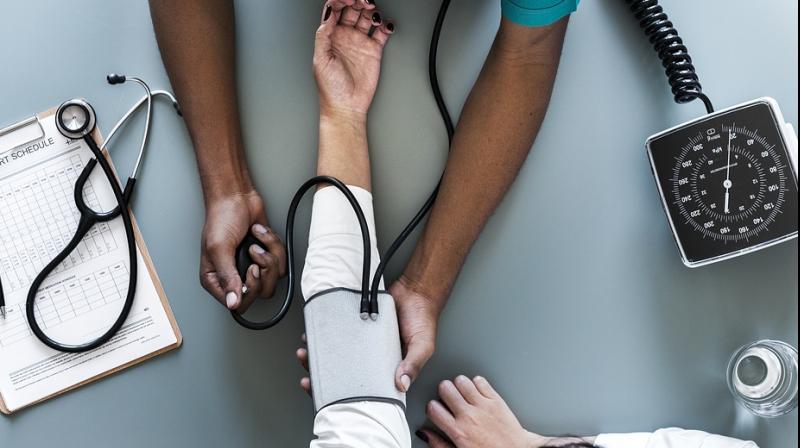Air filters to curb indoor pollution tied to blood pressure improvement
Relatively small reductions in blood pressure can improve cardiovascular health.

Seniors living in housing with poor indoor air quality may have healthier blood pressure when they use portable air filters than when they don’t have these devices, a small experiment suggests.
Exposure to so-called PM2.5 - tiny particles of dust, dirt, soot, and smoke - has long been linked to an increased risk of cardiovascular diseases, researchers note in JAMA Internal Medicine. But less is known about whether portable air filters might help reduce this risk.
The current study involved 40 nonsmokers living in low-income housing for seniors in Detroit, Michigan. The residence was located near major roadways and industrial facilities that release fine particulate matter into the air.
Residents’ blood pressure was measured after they used three different types of portable air filters, each for three days at a time: a low-efficiency air filter; a high efficiency particulate arrestance (HEPA) filter; and a sham filter that didn’t clean the air at all.
Compared to when they used the sham filter, the seniors’ average exposure to PM2.5 indoors was 31 percent lower with the low-efficiency filter and 53 percent lower with the HEPA filter.
And with use of the air filters, blood pressure levels in people with hypertension improved by an amount similar to what might be achieved with lifestyle changes like increased exercise or reduced salt consumption, said lead study author Masako Morishita of Michigan State University in East Lansing.
“A simple intervention using inexpensive indoor air filtration units can help to lower both PM2.5 exposures and blood pressure levels,” Morishita said by email. “Since hypertension is the leading risk factor for death worldwide, we believe much larger trials are warranted to test whether air filtration units can play an important role in helping to prevent cardiovascular diseases worldwide.”
The World Health Organisation attributes four million deaths a year to fine particulate matter exposure. Its guidelines recommend against average exposure above 10 micrograms per cubic meter of air (ug/m3), the authors note. In this study, the average exposure was 15.5 ug/m3 without air filtration, 10.9 ug/m3 with low-efficiency filtration, and 7.4 ug/m3 with HEPA filters.
In adults, blood pressure readings of 120/80 mmHg (millimeters of mercury) or lower are considered healthy. Study participants’ average blood pressure was 133/82 mmHg with sham filters, 129.5/80.2 with low-efficiency air filters and 130.7/81.9 with HEPA filters.
One limitation of the study is that it was too small to detect meaningful differences in blood pressure based on the type of air filters used, the authors note. The study also didn’t track people to see if they actually developed or died from cardiovascular diseases.
Even so, air filters may be a simple way to reduce the negative health effects of exposure to fine particulate matter, said Shohreh Farzan, an environmental health researcher at the Keck School of Medicine at the University of Southern California in Los Angeles who wasn’t involved in the study. Relatively small reductions in blood pressure can improve cardiovascular health, Farzan said by email.
Consumers should look for HEPA filters that also have activated carbon filters and are certified by the Association of Home Appliance Manufacturers (AHAM), said Kai-Jen Chuang, a public health researcher at Taipei Medical University in Taiwan who wasn’t involved in the study.
People also need to measure the size of the room where filters will be used to make sure the filter is powerful enough to clean the amount of air in the space, Chuang said by email.

